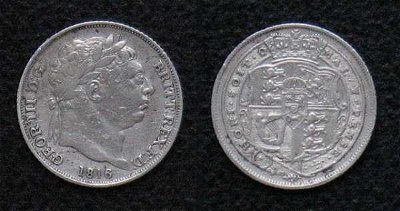24. The "Mahabharata" is an important religious text, as well as a literary one. What major Hindu deity appears there as the best friend and charioteer of Arjuna, one of the poem's main characters?
From Quiz The Neverending Story
Answer:
Krishna
With a whopping 200,000 lines, interspersed by extensive prose passages - for a total of about 1.8 million words - the "Māhabhārata" is the longest epic poem ever written, about ten times as long as the "Iliad" and the "Odyssey" put together. At "only" 24,000 lines, the "Ramayana", the other major epic of the Sanskrit era, is considerably shorter. Based on real events, the poem is traditionally attributed to Vyasa, a legendary sage that also appears as a character in the poem, and is often identified with the god Vishnu himself. The importance of this monumental work of literature, written over a period of centuries (probably between the 3th century BC and the 3rd or 4th century AD, though some parts may be older) for Indian culture and the Hindu religion cannot be overstated: for its religious significance, the "Māhabhārata" has been called "the fifth Veda".
The poem consists of 18 books ("parvas"). Though the historic authenticity of the events related in it (a dynastic struggle fought by two groups of cousins, the Pandavas and the Kauravas, culminating in the great battle of Kurukshetra) is still debated among scholars, the war is believed to have occurred between the 10th and the 8th century BC. Using the "story within a story" narrative device, the poem is framed as being narrated to a king who is a direct descendant of the Pandava prince Arjuna, and later narrated again by a professional storyteller. As can be expected by a work created by a process of accretion of different layers of text, rather than composed in linear fashion, the "Māhabhārata" may come across as chaotic, and in the past has been criticized as such by Western scholars.
One of the poem's major characters is Krishna, the eight avatar of Vishnu, whose life is narrated in the appendix to the "Mahabharata" called the "Harivamsa". Part of the poem's sixth book ("Bhishma Parva") consists of a 700-line scripture known as the "Bhagavad Gita" (often translated as "The Song of God"), a dialogue between Krishna and Arjuna that takes place on the battlefield where the huge armies of the two warring factions have gathered. Aware of the death and destruction this battle of kin against kin will cause, Arjuna is filled with doubt and despair, and asks Krishna (his charioteer) for advice on the right thing to do. The ensuing dialogue between the prince and the god touch on a number of ethical and philosophical issues; Krishna advises Arjuna to perform his duty ("dharma") as a warrior by acting selflessly, regardless of the results.






 Quick Question
Quick Question Top 10% Rated Quiz,
Top 10% Rated Quiz,
 Top 20% Rated Quiz,
Top 20% Rated Quiz,